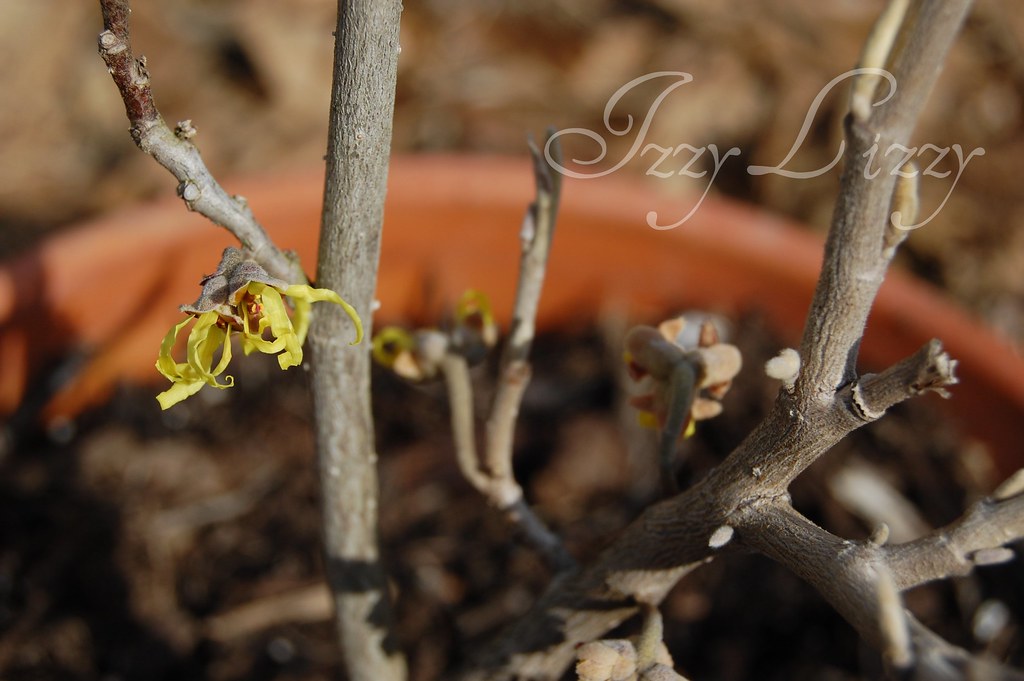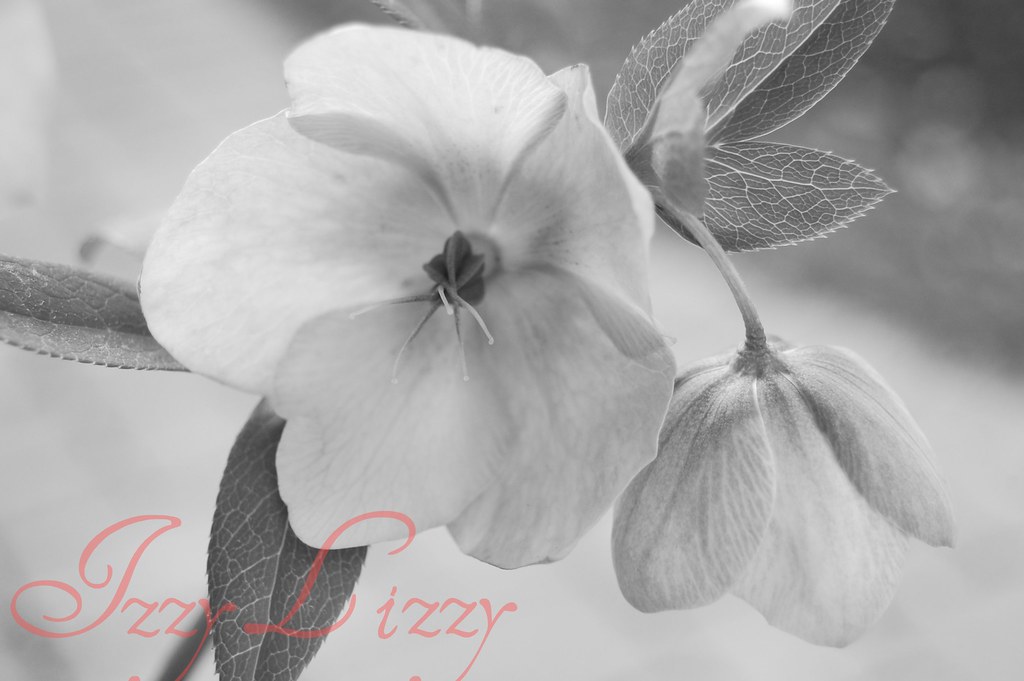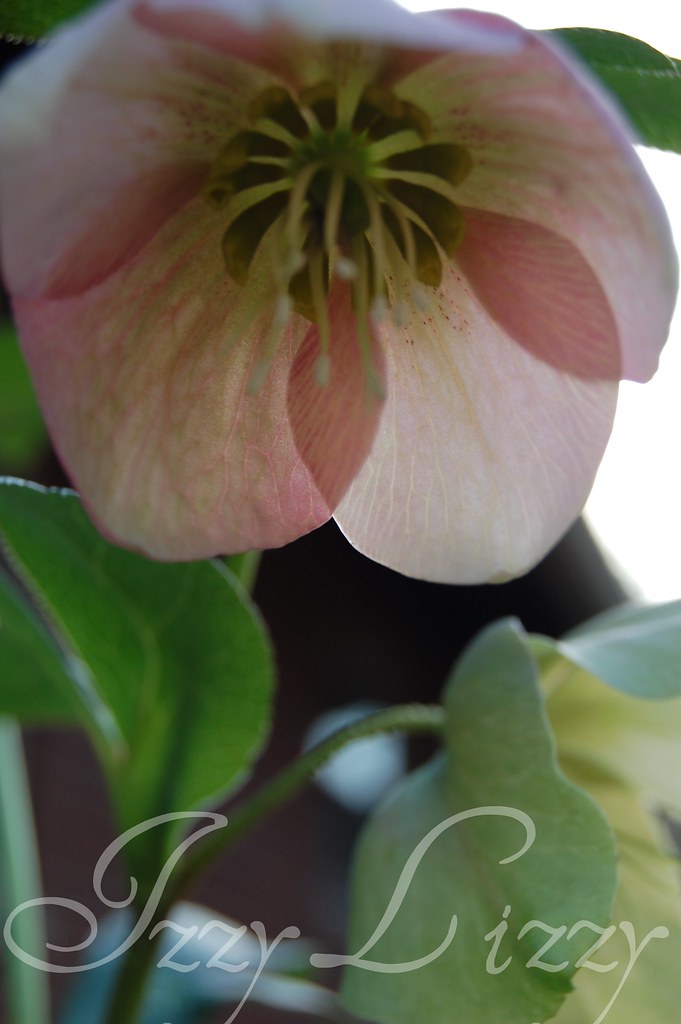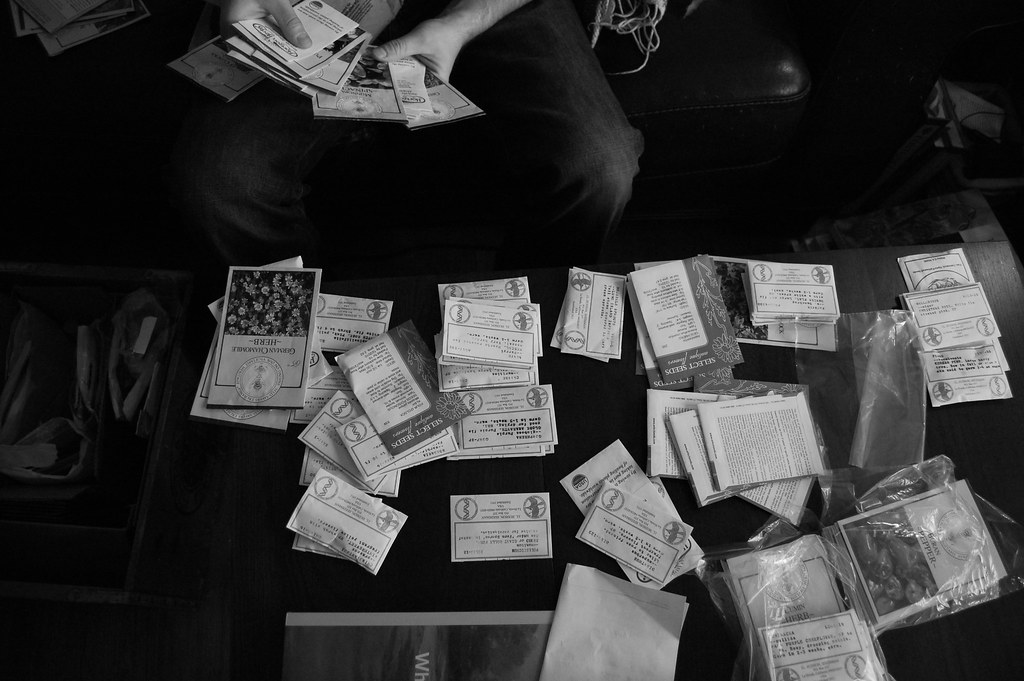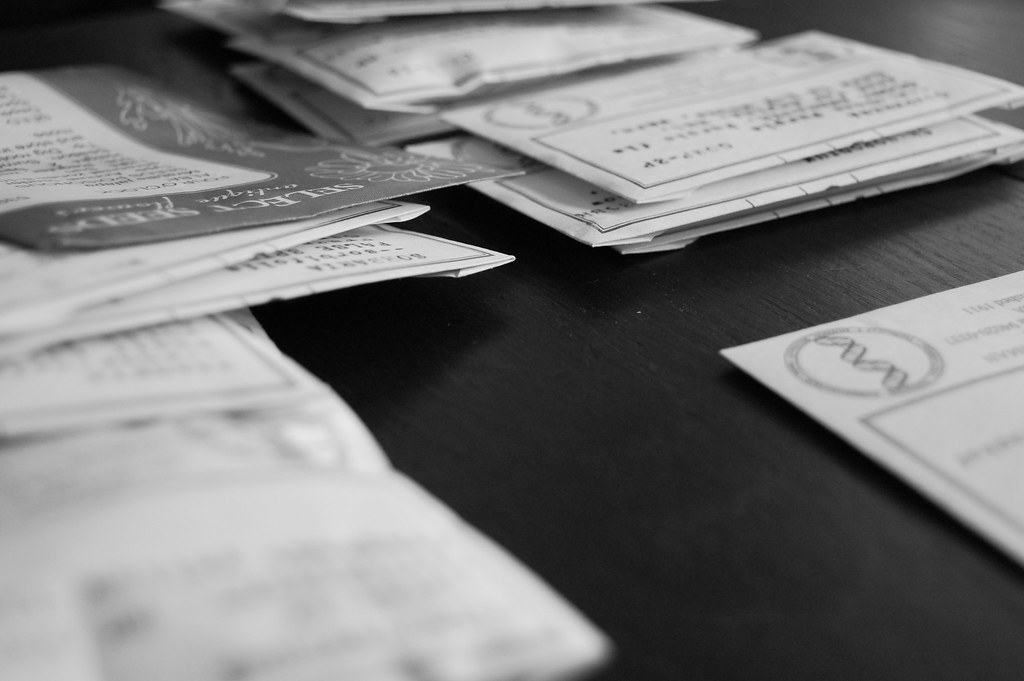The actual seed starting has begun! We have several varieties of peppers and tomatoes, eggplant and a Romanesco Broccoli. We also started many many herbs.


If you are new to growing plants from seed here is how we do it.
First you will need a place that is dedicated specifically to seed starting. Here is our set up from last year.
We have hung fluorescent shop lights from our basement drop ceiling and outfitted the units with 40 watt 2200 lumen bulbs. 2200 is good for starting seeds but not for keeping full sun plants alive for a long term period. Ideally you get them started and move them into a larger pot or in the ground in the space where they will do best.
Some seeds need warmth to germinate, some do not. Some do not need light either. Make sure to read about what plants you are growing so you know what combination of light, heat, etc. needed. In this example we are starting vegetables-broccoli, eggplant, tomatoes and peppers. They all need light and warmth.
I already discussed light but for warmth we use seedling heat mats. You can find them at any hardware store that sells seed starting kits. If you have a warm area in your house that may work as well, but make sure the seedlings are getting enough light or they will get leggy. We like to use the artificial light and heat mats for consistency and you can start a lot of things in one place.

You will also need a medium into which you will place the seeds. We use two different types. The first are spongy
plugs the other are jiffy pots with seed starting mix. There are also peat pellets available in most hardware stores and those are fine too.
With the plugs, you will need to soak them in water first and then place them into cell pack trays. From there you just place the seeds into the holes in the center of the plugs. Make sure that the seeds are in contact with the growing medium or they may not germinate since the roots have nothing on which to latch.
With the seed starting mix and jiffy pots, you will need to moisten the mix with water and distribute into the pots. You then can place the seeds into the pots.
Place the trays in the condition needed for the seeds to germinate and place a cover over the tray to help keep the soil moist. It is very important for the seeds to stay moist in order to germinate and stay alive. We mist the trays with water in a spray bottle daily.
We keep a chart of where each seed is planted since many seedlings look similar until their true leaves begin to form.
There is a little extra set up and initial investment but if you plan on starting seeds every year you won't have to buy everything each time. Just make sure to sterilize your trays and other seed starting tools before reuse.
I will be updating the seedlings as they grow-it is a very satisfying project to see plants grow from a tiny seed to a full size plant!

























